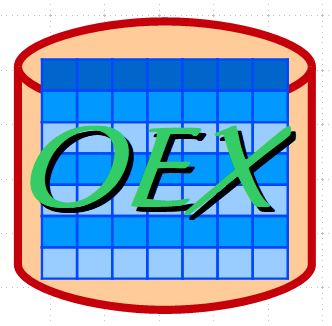これは InterSystems FAQ サイトの記事です。
こちらでは、InterSystems Container Registry(ICR) より入手可能なDockerコンテナイメージを使用する方法をご案内します。
※WRCDirectのダウンロードサイト より入手可能なイメージを使用する場合も同じようにできます。
その際、Name:Web でフィルタリングしていただくと、Web Gateway の Docker イメージが見つけやすくなります。
※インターシステムズが提供する webgateway コンテナイメージには、Web ゲートウェイと Apache Web サーバの両方が含まれています。
【手順】
1. ブラウザより https://containers.intersystems.com/ にアクセスし、インターシステムズWRC認証情報でログインします。
2. Dockerログイントークンかログインコマンドを取得します。
.png)
3. 取得した認証情報を使い、Dockerインターフェース(PowerShellウインドウやLinuxコマンドラインなど)でICRへの認証を行います。
以下の例のように、表示されるDocker ログインコマンドをコピー、ペーストすることで認証できます。
docker login -u="provided_username" -p="provided_password" containers.intersystems.com
4. 利用可能なコンテナイメージを確認します。
ICRウェブポータル にWRCアカウントでログインし、
InterSystems IRIS Product Family > webgateway > バージョン(例:2023.1.0.229.0)
をクリックすると、以下のような pull コマンドを確認できます。
※開発者コミュニティで作成されたアカウントの場合は、Communityエディションのみダウンロードすることが可能です。
webgateway2023.1.0.229.0
Linux/amd64: docker pull containers.intersystems.com/intersystems/webgateway:2023.1.0.229.0
Linux/arm64: docker pull containers.intersystems.com/intersystems/webgateway-arm64:2023.1.0.229.0
※キットから直接の場合
docker load -i webgateway-2023.1.0.229.0-docker.tar.gz
5. 次のようなイメージができていることを確認します。
# docker images
REPOSITORY TAG IMAGE ID CREATED SIZE
containers.intersystems.com/intersystems/webgateway 2023.1.0.229.0 1a690ab8d70c 5 days ago 300MB
6. CSP.ini および CSP.conf ファイルを用意します。
※既存の構成を失うことなくコンテナをアップグレードできる 永続的な %SYS 機能 で実行します(オプション)
※今回は、Web ゲートウェイの構成が格納されているコンテナ内に /dur と呼ばれる永続的なデータディレクトリを作成します。
ホストOSは /data/dur 以下に上記構成ファイルを用意します。
※ホストディレクトリ所有者は変更をしておく。 #sudo chown -R 51773:51773 /data/dur
サンプルの CSP.conf は以下のようになります。
# CSP config file
CSPModulePath "/opt/webgateway/bin/"
CSPConfigPath "/opt/webgateway/bin/"
<Location "/csp/bin/Systems/">
SetHandler csp-handler-sa
</Location>
<Location "/csp/bin/RunTime/">
SetHandler csp-handler-sa
</Location>
<Directory "/opt/webgateway/bin/">
AllowOverride None
Options None
Require all granted
<FilesMatch "\.(log|ini|pid|exe)$">
Require all denied
</FilesMatch>
</Directory>
<Location /csp>
CSP On
SetHandler csp-handler-sa
</Location>
7. webgateway コンテナを作成します。
※ホストのポート:8080 ににコンテナのポート:80 を割り当てます。
# docker run -d --name wg11 --publish 8080:80 --volume /data/dur:/dur --env ISC_DATA_DIRECTORY=/dur --env ISC_CSP_INI_FILE=/dur/CSP.ini --env ISC_CSP_CONF_FILE=/dur/CSP.conf containers.intersystems.com/intersystems/webgateway:2023.1.0.229.0
※Docker for Windows の場合
docker run -d --name wg11 --publish 8080:80 --volume C:/data/dur:/dur --env ISC_DATA_DIRECTORY=/dur --env ISC_CSP_INI_FILE=/dur/CSP.ini --env ISC_CSP_CONF_FILE=/dur/CSP.conf containers.intersystems.com/intersystems/webgateway:2023.1.0.229.0
8. Webゲートウェイに接続します。
http://localhost:8080/csp/bin/Systems/Module.cxw
接続に成功すると、以下のような画面が表示されます。
.png)
9. サーバアクセス(Server Access)の設定で、IRISサーバの情報を設定すると、管理ポータルには以下のURLでアクセスできます。
http://localhost:8080/csp/sys/UtilHome.csp
.png)
詳細は以下のドキュメントをご覧ください。
InterSystems Web ゲートウェイ・コンテナの使用法
 【ご参考】
【ご参考】
Apache Webサーバ(プライベートWebサーバ: PWS)インストレーションの廃止
.png)
.png)


.png)
.png)
.png)
 【ご参考】
【ご参考】